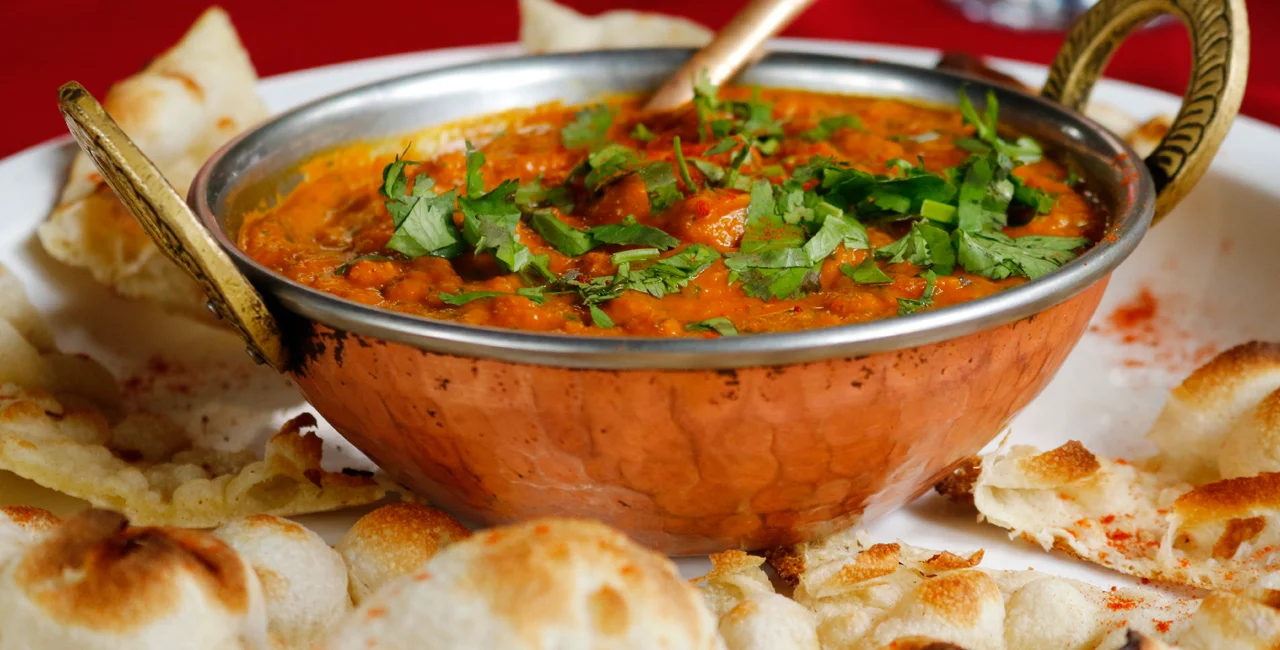Times have been tough for restaurants. Mamun Hassan, the proprietor of Curry House in Prague’s Palmovka neighborhood, counts himself lucky that most of his patrons are locals, and not tourists. Still, the past months have posed challenges.
While Mamun has felt the effects of the global pandemic, he is optimistic. “I have 80% Czech customers. I am not so much affected but business is a little bit down. I am surviving. I am OK. But restaurants in the city center, who are dependent on tourists, they had a really big problem, and a lot of restaurants are already shut down,” he told us.

Mamun first came to Czechoslovakia in 1990 as a tourist and stayed for several months. He returned a few years later to start working in restaurants, but traveled back and forth between Prague and Bangladesh. He has made Prague his main home since 1997.
Mamun stays connected to his roots by organizing an annual autumn charity drive, which raises funds for a school in rural Rajasthan, a state in northern India. And he's encouraging Praguers to order takeout this month for a good cause.
Food delivery helps to support education
The Indian Food Helps! fund-raising effort will run for one week starting October 19. Proceeds from a special lunch delivery menu will go buy school supplies, hygiene kits, and uniforms. It will also provide health checks and basic treatment for mothers and children and lend support for COVID-stricken
The initiative has started10 years and ago and since then has helped at least 15 schools and approximately 1,000 children. It is is organized in cooperation with the Rotary Club Prague International, of which Mamun is a member.
Take-away lunches or eat in guests can also contribute by ordering from the special menu (which lists some Curry House favorites at a nice price), but the event is anticiapted to generate most of its income from delivery orders which the restaurant has seen a spike in since restrictions were first announced in March.
The family currently handles a lot of those deliveries, with Mamun himself taking on some and delivery services Dáme jídlo and Wolt handling the overflow.
First Bangladeshi and Indian restaurant in the Czech Republic
The family-operated Curry House at Novákových 7 was the first Bangladeshi and Indian restaurant in the Czech Republic, though there had been several Indian restaurants before the Velvet Revolution when there was one just off of Wenceslas Square.
Mamun operates a second Curry House branch in Teplice, in the Ústí nad Labem region. That venue is more dependent on tourists from the Middle East, due to the spa there. “I am trying to get local people to come in, and they are quite happy,” he said.

The original recipes that Mamun started with came from his sister and his mother, and were adapted for local tastebuds. He also got advice from chefs in Britain about what was popular.
“I have had biryani from the beginning, and vindaloo, curry, tandoori chicken, tikka. And butter chicken. This has been very popular from the beginning. I cannot change it, even if I wanted to,” he said.
But one element that separates Bangladeshi food from the typical cuisine of India is fish, since Bangladesh is closer to the coast than most of India.
What to choose from the menu
“My recipes and my food is a little bit different than in other restaurants. We are experimenting. My wife and I are talking about how spicy [it should be] or how the taste can be better,” he said, adding that getting the blend of Bangladeshi and Indian spices is crucial.
Now, a lot of the spices and specific ingredients that are not locally available can be found in a market in Germany, which makes it easier than having to import them directly from India or Bangladesh.

The spiciest dish on the menu is phall, a type of curry that is even hotter than vindaloo. Not recommend for all palates as it's a bit extreme.
Tandoori chicken requires a special charcoal oven, and is cooked overnight. Nan bread, also cooked in the tandoor oven from a special flour, is another big seller. He warns that many restaurants list these items but make them without the proper oven.
Restaurants must stay open to survive
Despite the fact that many of his local clientele have turned to deliveries, Mamun still feels the sit-down experience is superior to delivery or takeaway, allowing patrons to relish the restaurant's exotic décor, casual atmosphere and attentive table service.
"Guests can spend time relaxing and talking, escaping from daily life. The staff can recommend new dishes and offer samples," says Mamun.

He misses his patrons who have been coming for many years, regulars who often help in testing the new recipes. “If they say, ‘Yes,’ we put it on the menu,” he says.
Mamun believes dining out is central to culture and for the local restaurant industry. “We need it to survive,” he added. “All over the world this is the big problem right now.”
Indian Food Helps takes place from Oct 19-26. To help buy school supplies and send COVID relief to Indian children in need, place your order via www.indianfoodhelps.cz
This article was written in association with Curry House. Read more about our partner content policies here.












 Reading time: 4 minutes
Reading time: 4 minutes 


















